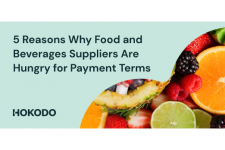Will Mushroom Packaging run rings round the competition?

First developed by US technology startup Ecovative in 2007, the biodegradable material is formed from agricultural waste and fungal mycelium (roots).
Last year, it was licensed to Sealed Air in North America and Europe, which hailed it as “rapidly renewable and environmentally responsible” packaging.
Interest in the material
Major UK multiples are said to have expressed interest in the material, though it is not clear if this would be for food and drink or other products.
Plaudits have included the 2011 Tech Pioneer title at the Davos World Economic Forum and last year, more edgily, Sir Richard Branson's Screw Business as Usual Award.
But could this last accolade end up rebounding on Ecovative? Sealed Air has talked about customers achieving their sustainability objectives “without sacrificing performance or cost competitiveness”.
More expensive
In fact, Mushroom Packaging is, unsurprisingly perhaps, widely understood to be more expensive than, say, expanded polystyrene (EPS). With regard to performance, one expert who has tested the material commented: “There doesn’t seem to be any published performance data.”
He added: “The foam has an unusual response to vibration input. Perhaps this is due to variations in the foam density. That makes it less desirable from a design perspective.” His impression was that it did not compete directly with EPS.
But renewable cushioning materials with environmental credentials stronger than EPS do not need to be costlier or less effective. For example, French–made Corrupad, made from 100% post-consumer fibre waste, competes on cost with EPS and is said to perform well in tests.




















